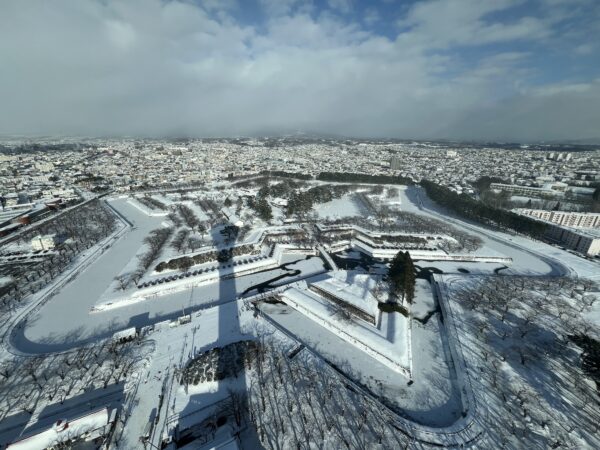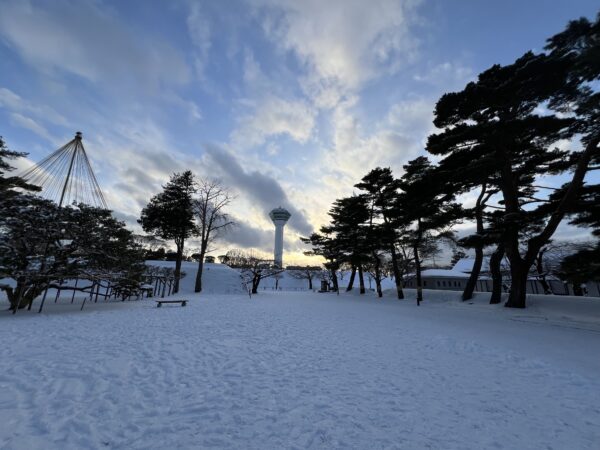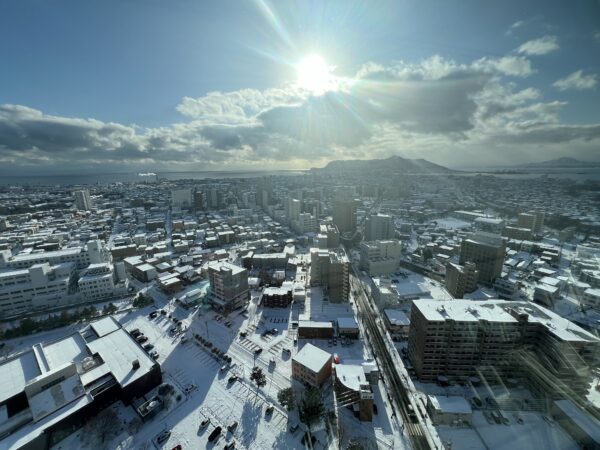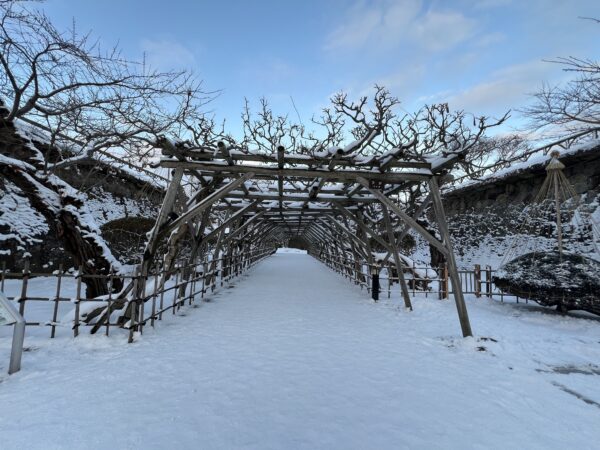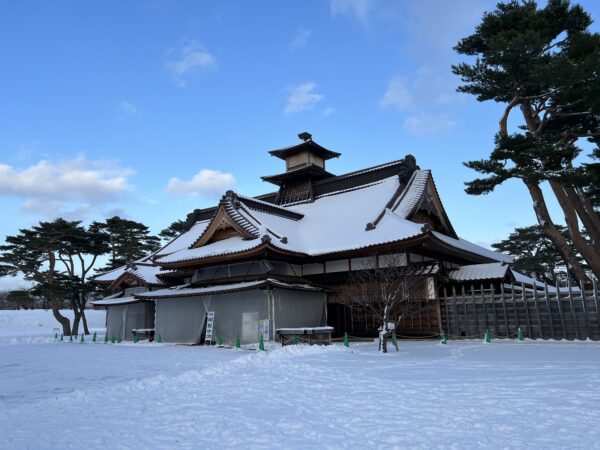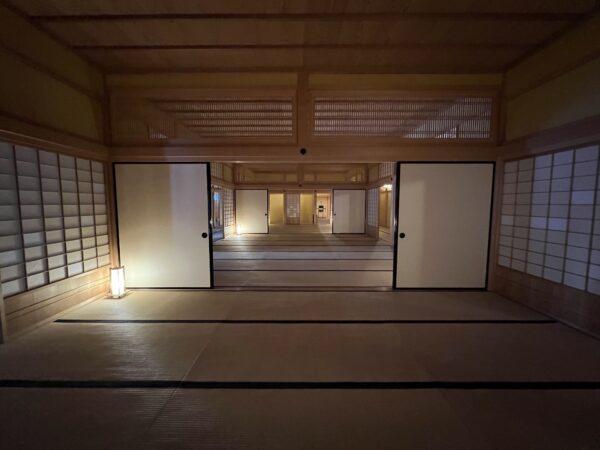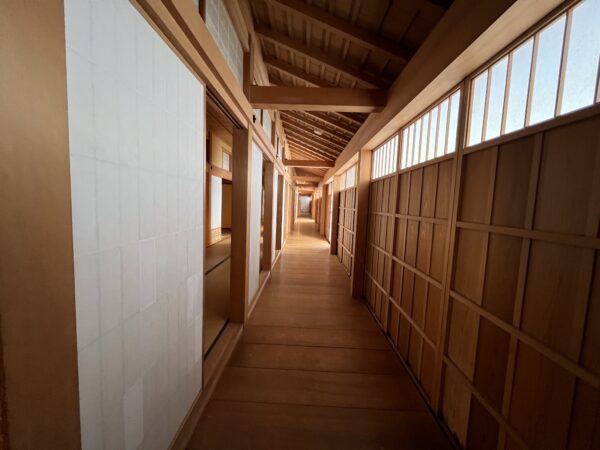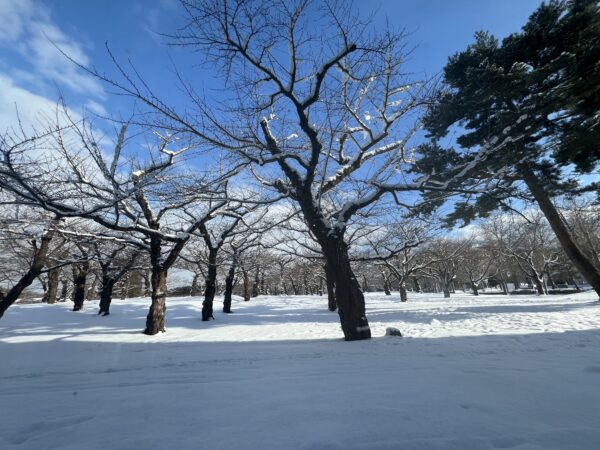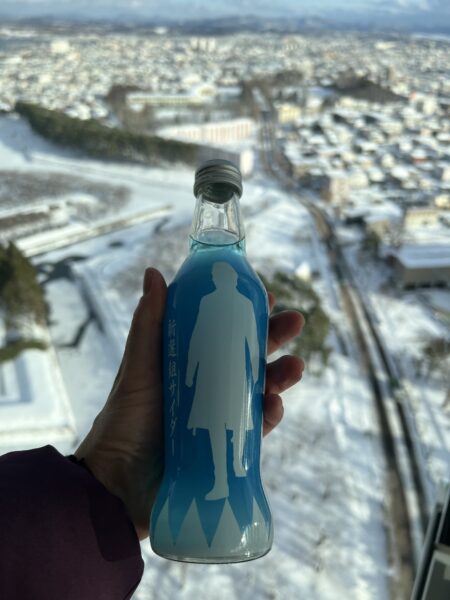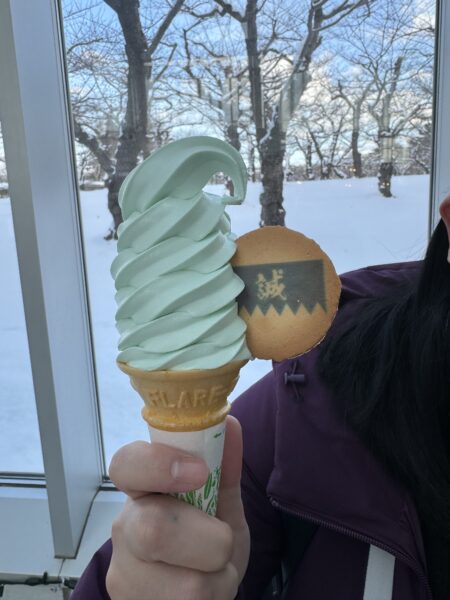Although relatively less known in the States, Hokkaido is a common travel destination for people in Asia, so I’ve known quite a few family and friends who have visited this most northern part of Japan, and I’ve commonly seen pictures of the Fort Goryokaku shared in travel photos. I had originally thought that it was just an interesting architectural design choice for a public space. Little did I know the deep historical significance of this place until I finally visited Hokkaido for the first time and explored the site myself.
Following a long period of isolation under the Shogunate, with the intimidating show of force headed by Matthew Perry, Japan’s opening up to foreign powers such as the United States, United Kingdom, and Russia resulted in the use of Hakodate as a trade port for dealing with foreigners in 1858. The building of Fort Goryokaku was designed based on European fortified cities that could defend against guns and canon warfare, making it one of many Star Forts across the world.
When Japan fell into civil war and the Tokugawa Shogunate lost power, a contingent of their defeated army came to Hakodate and set up base in Fort Goryokaku, but the victorious Meiji government that ruled the rest of Japan predictably attacked this last stand of the Shogunate army. The bloody Battle of Hakodate ending in Meiji victory was the last battle of the Japanese civil war.
Arriving at the site of Fort Goryokaku, the first thing to do is to visit the Tower in order to get a full view of the entire fort. There’s soft serve ice cream and gift shops full of hundreds of different souvenirs both at the base and at the top. From the top of the Tower, visitors can truly appreciate the full shape and size of the star shaped fort as well as enjoy breathtaking views of the whole of Hakodate.
After the Tower, the next destination is the center of the Fort itself, where the old Hakodate Magistrate’s Office is open to the public (please take off your shoes and don’t use the wooden squat toilet that is for display only).
This office is where the representative of the Shogunate managed the area and also conducted business with foreign powers. Originally at the foot of Mt. Hakodate, it was moved into the Fort in order to be more defensible.
Inside, you’ll find informational displays about the history set in gorgeous tatami rooms and wooden halls which provide a warm earthy contrast to the snow covered landscape outside during my winter visit.
Visiting in the winter to see Fort Goryokaku in a blanket of snow felt very fitting, as the thought of Hokkaido always evokes the image of a winter wonderland. Nevertheless, one of the charms of this destination is definitely the seasonal differences in which you can see the Fort in the lush greens of summer, the auburn shades of fall, and the pink ocean of cherry blossoms in the spring, as the thousands of cherry blossom trees planted around the Fort serve to transform it with each season.
The winter view of the trees provides its own stark charm.
As a long time fan of the historical fiction anime Rurouni Kenshin (which has recently been remade), I thoroughly enjoyed learning about the historical significance of Hakodate in the later half of the 1800s of the same time setting.
One fun little tourist experience for the history nerd in me was when I found that they served both Shinsengumi soda and soft serve ice cream at Fort Goryokaku. The Shinsengumi were an elite swordsmen made of commoners and low level samurai that served the Shogunate and were featured prominently in the Rurouni Kenshin story. Of course, I had to have both, blood sugar be damned.

